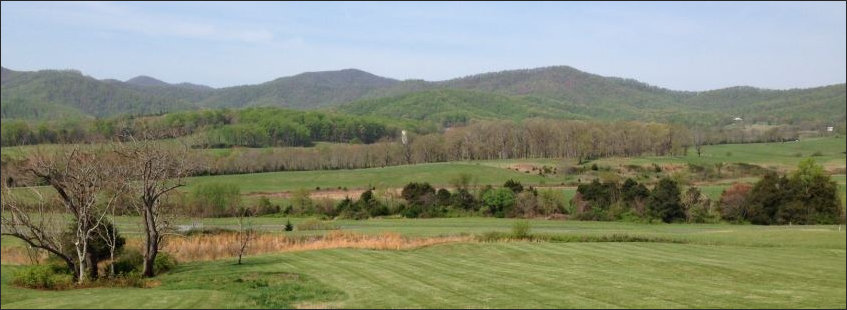
An oysterman at work in Virginia Beach’s Lynnhaven River. Photo credit: Associated Press
One might think all Virginians would be delighted by the resurgence of the oyster population in the Chesapeake Bay. But more oysters means more oystermen, and more oystermen means more strange men trudging around the shallows and dragging around ugly cages within the sight of wealthy waterfront property owners.
The resurgence has led to resistance from coastal homeowners who want to maintain picturesque views and has fueled a debate over access to public waterways, reports the Associated Press.
Homeowners say the growing number of oystermen — dressed in waders and often tending cages of shellfish — spoil their views and invade their privacy. Residents also worry about less access to the water and the safety of boaters and swimmers.
Low tides often expose oyster cages, usually accompanied by markers or warning signs that protrude from the surface. In some places, cages float.
“All of sudden you have people working in your backyard like it was some industrial area,” said John Korte, a retired NASA aerospace engineer. “They may be a hundred feet away from someone’s yard.”
In a 2012 lawsuit in York County focused on the right of two oystermen to use property in a residential neighborhood for industrial-scale harvesting and cleaning operations. The new trend goes much further. In Virginia, Maryland and Delaware, homeowners are seeking greater restrictions against oystermen activities that offend their sensibilities. But the oystermen aren’t rolling over.
“Oftentimes, affluent and new members of the community have the point of view that they own the water in front of them, which is really not true,” said Bob Rheault, executive director of the East Coast Shellfish Growers Association. “We need to win back our social license to farm.”
Bacon’s bottom line: The fate of oysters, which are making a comeback in large part to the efforts of oystermen who have an economic incentive to create oyster reefs. Oysters are a keystone species in the Chesapeake Bay. As a matter of public policy, this socially beneficial activity should be encouraged, not discouraged.
But recovery of the oyster population is being stymied, in part, by a massive redefinition of property rights — in the popular culture, if not yet in the law. Owners of waterfront property are effectively trying to extend their property rights into public waterways. They are asserting a right to an undefiled viewshed. When they purchased their property, they paid a premium for pristine water views. When oyster populations revived and oystermen began working shallows in public waters that their forebears had abandoned decades ago, property owners perceived them as interlopers.
This is similar to a trend in other places, most notably in rural areas with gorgeous views of mountains, hills, woodlands, farms, rivers and streams. Once upon a time, Virginians purchased rural property for their productive value as farms or timberland. Over the years, people began buying property for the scenery. They paid a premium price for their views, and they objected to anything — be it a cell tower, transmission line, gas pipeline, or industrial facility — that diminished those views.

Here is a photo of the view I observed last month while dining on the porch of the Pippin Hill Farm winery. The owners had built the winery to take full advantage of the beautiful view. Gauging by the large number of people who visited that Saturday to enjoy meals and indulge in wine tastings, the enterprise is highly successful. Now, imagine someone proposing to disrupt that image. I can guarantee that the winery owners would rise up in opposition — not merely for aesthetic reasons but because their livelihood would be threatened.
I’m not taking sides in the dispute between landowners and energy companies, or property owners and oystermen. I am not even drawing a moral equivalence. Oystermen are working in public waters, while inland landowners object to energy companies using eminent domain to cross their land. I am saying that the rise of viewsheds as a determinant of property value is fueling conflict that did not previously occur. I’m not sure that our system of laws and regulations has caught up.


